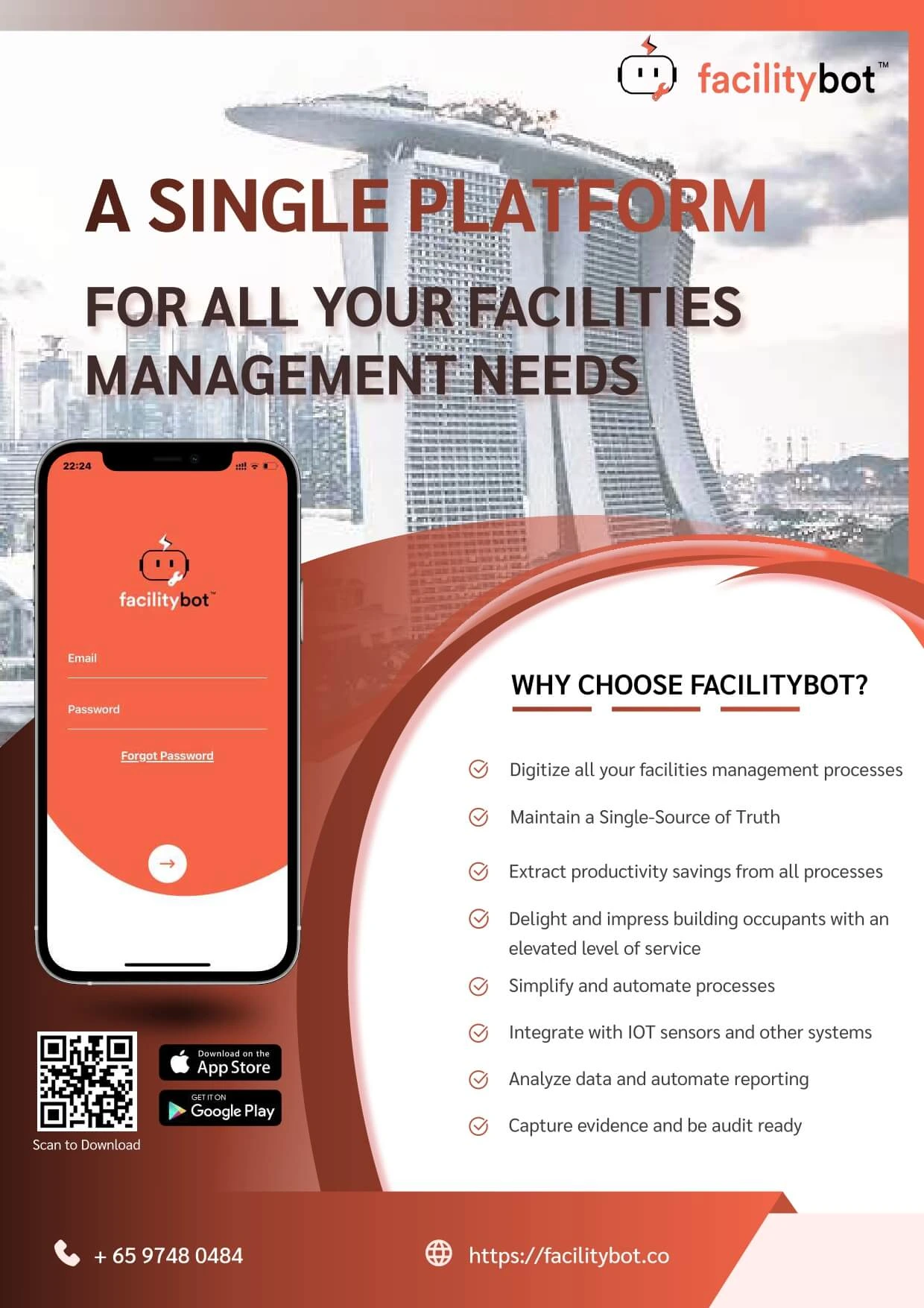Last updated on March 27th, 2023 at 11:07 am
Maintenance management is critical in any industry – from commercial to military operations, healthcare institutions, and transportation networks. It is essential for preventing downtime and assuring that plants, factories, and other facilities run smoothly and efficiently and stay up-to-date. With the introduction of computerized maintenance management systems (CMMS), it has become easier to manage assets effectively to reduce costs, increase production speeds and optimize support processes.
This blog will discuss why CMMS software is essential in any industrial setting today regarding preventive maintenance planning, work order tracking, inventory control, and safety compliance.
What is a Computerized Maintenance Management System (CMMS)?
A Computerized Maintenance Management System (CMMS) is a software application designed to help businesses better manage their maintenance operations. It allows organizations to track and monitor all maintenance activities, such as labor, equipment, materials, and resources. With the help of CMMS software, companies can quickly identify potential problems or issues and take corrective action before they become an issue.
Additionally, CMMS software can help optimize maintenance workflows, provide accurate data for future planning and budgeting, and improve machine performance. The technology enables companies to keep their operations running as efficiently as possible. CMMS also helps reduce the downtime of machines by making it easier to schedule regular maintenance activities such as preventive maintenance checks. This ensures that machines are running at peak performance and reduces the risk of breakdowns.
What are the benefits of using a Computerized Maintenance Management System (CMMS) for any industry?
A Computerized Maintenance Management System (CMMS) can greatly assist any industry. CMMS allows for efficient and accurate tracking of all maintenance activities, from scheduling and history to work orders and billable hours. Here are some of the benefits of using a CMMS in any industry:
1) Increased efficiency
By using a CMMS, companies can automate their maintenance operations with scheduled preventive maintenance routines and minimize downtime by quickly identifying and resolving issues before they become major problems.
2) Improved safety
A CMMS helps ensure that all safety protocols are followed by providing the necessary documentation for each maintenance procedure. This ensures that everyone involved is safe and that equipment is properly maintained.
3) Cost savings
A CMMS can help reduce labor costs by automating processes and ensuring that maintenance tasks are completed on time. It can also help reduce inventory costs by helping managers keep track of spare parts and prevent overstocking.
4) Asset management
A CMMS allows companies to monitor the performance of their assets, allowing them to make more informed decisions about when to replace them. This helps increase the equipment’s lifespan, leading to greater cost savings.
5) Scalability
The scalability of a CMMS allows companies to adapt to changing needs and add new features quickly. This can help companies save time and money in the long run. Adopting new technologies and processes also allows companies to become more competitive quickly.
What is the difference between a CMMS and a work order system?
The main difference between a CMMS (Computerized Maintenance Management System) and a work order system is the scope of their capabilities. A CMMS is a comprehensive system that helps manage all aspects of maintenance operations, from preventative maintenance to asset management. It allows businesses to track parts and inventory, assign staff members for repairs or preventive maintenance tasks, and track maintenance costs.
On the other hand, a work order system is more focused on tracking individual tasks, such as repair requests or scheduled inspections. This system typically involves creating tickets for a specific task and assigning technicians to complete it.
While CMMS systems are more comprehensive in nature, work order systems can be used to complement them and provide additional functionality. Both systems are essential for effective maintenance management, but the key is to find a solution that fits your individual needs.
How does a CMMS help with managing inventory?
A CMMS is a powerful tool for managing inventory and streamlining maintenance operations. It allows maintenance teams to track and organize all the parts, supplies, and materials used in the facility’s maintenance activities. Maintenance personnel can easily access and view inventory levels, purchase orders, re-ordering thresholds, order history, item histories, and more through a CMMS. This helps to ensure that all necessary items are available when needed and eliminates costly downtime due to missing parts or supplies.
A CMMS also allows tracking of all repairs, replacements, and preventive maintenance activities, which can help predict future inventory needs and plan for maintenance operations. By providing a comprehensive view of all the items used, it is possible to identify cost savings opportunities. This is done by recognizing items that are no longer necessary or duplicates of other parts. This ensures efficient use of the available inventory, preventing costly overstocking and stockouts.
Conclusion
If you manage a team or department in charge of maintenance, then you know how important it is to have an effective system in place. A CMMS can save you time and money while increasing efficiency. By having all of your Maintenance data in one central location, you can make better-informed decisions that will keep your operation running smoothly. Do the research and find a CMMS that will work best for your company. FacilityBot is a full-fledged, feature-packed CMMS that you should definitely check out.




